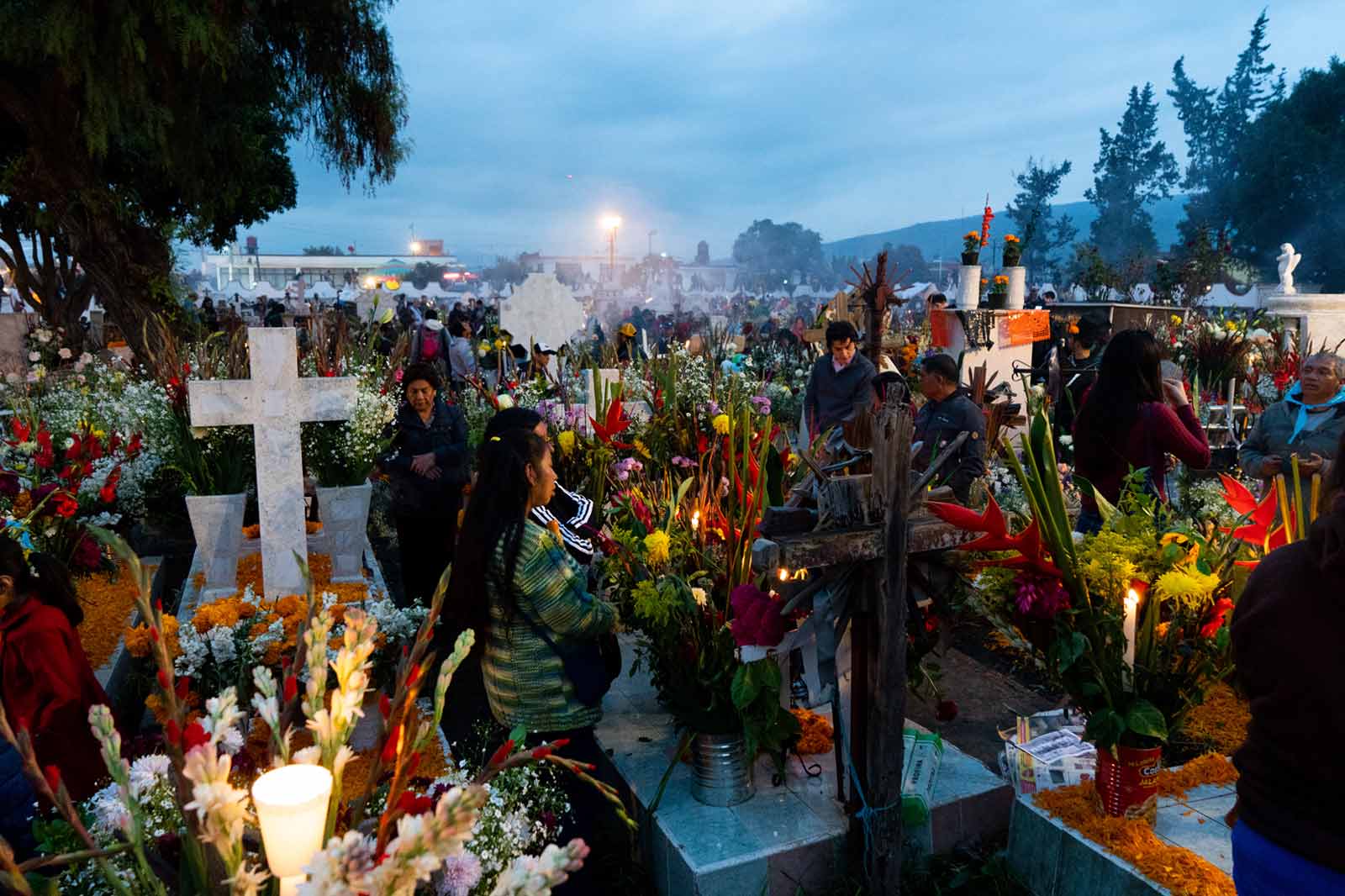What is the Day of the Dead?
Day of the Dead is one of the most famous celebrations in Mexico. Families and friends come together honoring the Dead, especially in towns in the Center and the South of the country. The colorful unique tradition of the Day of the Dead was listed as an intangible World Heritage by UNESCO in 2008.
The Day of the Dead festivities in Mexico have developed from pre-Hispanic traditions. The festival that evolved into the modern Day of the Dead fell in the ninth month of the Aztec calendar, around the beginning of October, and was celebrated for an entire month.
When is Day of the dead?
The festivities were dedicated to the goddess known as the Mictecacihuatl (“Lady of the Dead”), corresponding to the modern image of “La Catrina.” Aztec traditions evolved into the modern Day of the Dead after synthesis with Spanish traditions.
It was moved to October 31st, November 1st and November 2nd to coincide with the Roman Catholic celebrations of All Saints’ Eve, All Saints’ Day and All Souls’ Day. In most regions of Mexico, the practices have developed to honor dead children and infants on November 1st, Día de Los Angelitos (“Day of the Little Angels”). Día de Los Inocentes (“Day of the Innocents”) and to honor deceased adults on November 2nd, Día de Los Muertos (“Day of the Dead”).
How is the Day of the Dead Celebrated?

In the week of Day of the Dead, it’s common to eat pan de Muerto (“bread of the dead”), and you will see different types of candy in the shape of skulls.
A popular association with Day of the Dead is “La Catrina,” depicting a female skeleton with a large hat, as a parody of an upper-class Mexican female, created by Mexican artist José Guadalupe Posada and nowadays an icon of the Mexican Day of the Dead celebrations.
Also public places and institutions construct and demonstrate their (mega) ofrendas (altars). Every year, you can see them, for example, in Mexico City at the Zocalo and at the UNAM Campus.